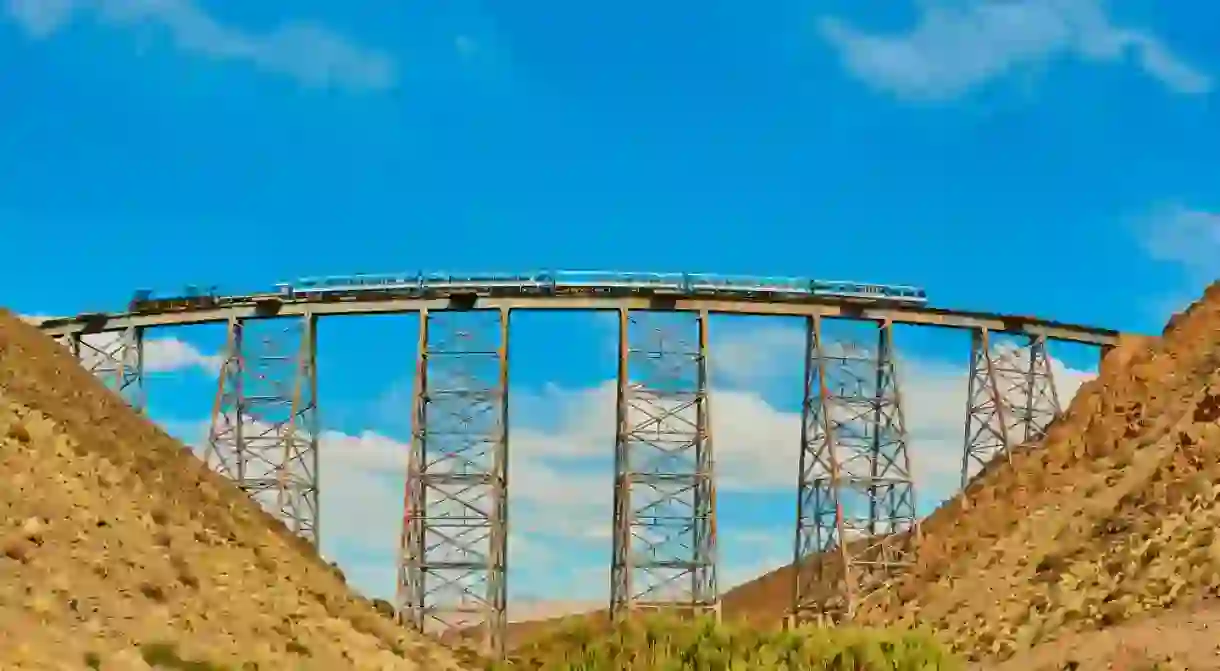The 12 Best Things To See and Do in Salta, Argentina

Packed with stunning architecture, Salta, in the northwest of Argentina, is quickly becoming one of the country’s must-sees. Surrounded by rugged natural landscapes, mountains, vineyards and valleys, this destination offers plenty to see and do.
Bodega José L. Mounier
Winery

Beyond Salta, vineyards cluster around the town of Cafayate, producing diverse wines including Cabernet Sauvignon, Chardonnay, local specialty Torrentés and Malbec. This region is beginning to rival Mendoza – the most famous in Argentina – and we love Bodega José L.Mounier, in Finca Las Nubes, on the Ruta Del Vino. The high elevation makes whites just right, along with Malbec, Cabernet Sauvignon and Torrontés. A day spent among the glossy greenery includes cellar tours, tastings and lunch with a view on the veranda.
Iglesia San Francisco (St. Francis Church and Convent)
Church
El Patio de la Empanada
Market, Food Stall, Food Stand, Argentina

When you’re ready for a bite, head to this clutch of kiosks dishing up that Salta speciality, the humble empanada. El Patio De La Empanada, on the corner of Avenida St Martin and Esteco, offers can offer 14 varieties of these flavour-packed pockets including triangular empanadas Arabes, filled with minced beef and jazzed-up with lemon, onions, red peppers, tomatoes and olives.
Tren a las Nubes
Natural Feature

The “train to the clouds” leaves Salta’s central station early for the long journey up to the Quebrada del Toro. This gorge is so high up in the mountains that the train regularly passes through clouds. Ultimately you ascend to 4,220m (13,845ft), where a viaduct crosses the valley below – quite the spectacle. En route, you will see rocks colored beautifully by minerals – and you’ll certainly glimpse a llama or two. Booking ahead is a must, as this spot is hugely popular but well worth the effort – not to mention the crack-of-dawn departure.
Salinas Grandes Salt Flats
Natural Feature

If you can’t make it to Bolivia’s celebrated salt flats, make the easy day trip from Salta to this smaller collection. It’s odd, at such high altitude, to see such blinding white plains after an uphill drive through reddish-brown rocks. The way passes through awesome mountains and, if you’re taking the Tren a las Nubes, you’ll get the chance to stop off at the flats on the way back to the city.
Museo de Arqueología de Alta Montaña
Building, Museum
Catedral Basílica de Salta
Cathedral

Cabildo and Museo Histórico del Norte
Building, Museum
Mercado Municipal San Miguel
Market, Argentina
Cerro San Bernardo
Natural Feature, Architectural Landmark
You’ve had your Salta close-up. Now it’s time to get the bigger picture. Hop aboard the teleférico (cable car) that ferries sightseers up the San Bernardo Hill. At the top, as well as the incomparable city views, there is a landscaped garden in which to while away an hour or two, not to mention a small market selling perfectly decent souvenirs. The most impressive thing from up here is the outlook over the surrounding mountains, which you may fail to appreciate whilst wandering the centre of Salta.
Sample some Andean cuisine
Restaurant
After so much exercise, it’s time to indulge in a filling lunch to recharge those batteries. Salta has a number of fine restaurants, but for an extravagant traditional feast it’s hard to go past José Balcarce, serving up exotic Andean flavors such as llama steaks and quinoa salad. Recommended by Harry Stewart.
BBQ time!
Restaurant, Argentina

Jo Fernandez-Corugedo contributed additional reporting to this article.













